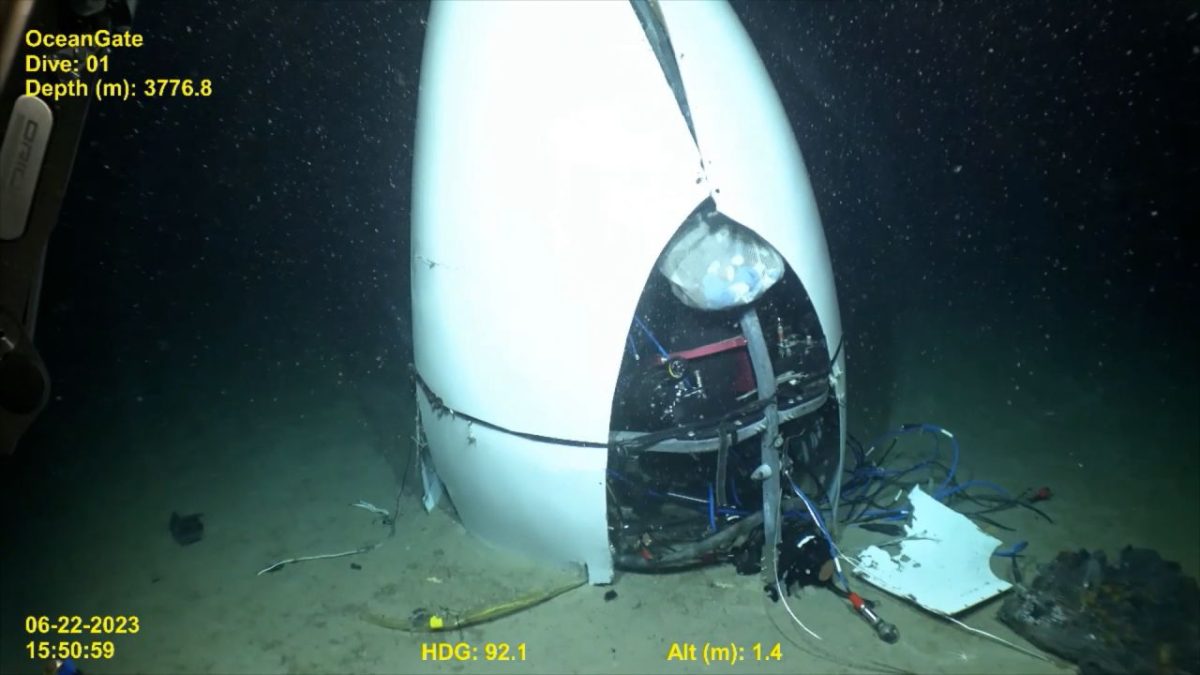In the North Atlantic Ocean on June 18, 2023, a 22-foot-long submersible named the Titan imploded with five passengers. This is how a series of unfortunate events unfolded.
In January 2017, Oceangate, a private company that had previously conducted many dives, started the idea of creating a submersible in the shortest amount of time with the least amount of money so that deep sea exploration could be more accessible. Stockton Rush, the founder and CEO of Oceangate, had the idea to reach the Titanic, which sank 12,500 feet in 1912 (Washington Post).
Right from the beginning, the submersible started on the wrong foot. It was built and tested in international waters, so it would not need to be regulated. This meant it did not have the proper classifications it needed since no government owns international waters, making it illegal. Cutting corners, avoiding regulations, and focusing on cost-cutting all led to significant flaws that came out during routine testing. 118 equipment issues were found, including a crack in the Titan’s hull. The most significant defect was the material; while normal submarines are made of titanium or steel for the body, the Titan used carbon fiber, which has been proven time and time again that it is not suitable under pressure.
Finally, after chasing deadlines and ignoring safety concerns, the Titan Submersible launched on Sunday, June 18, 2023, with 96 hours of oxygen supply. At 9:18 that morning, the Titan was set to beat two records. However, a little over thirty minutes later, the Titan lost all contact with land, and at 9:45 A.M. EST, the Titan Submersible imploded along with its five passengers (Britannica).
For four days, the world was in shock, not knowing what happened to the Titan. On June 22, Canadian Coast Guards alerted the U.S. Coast Guards of water movement, and debris from the accident was found. Thus, the Titan was located. Later, with deeper investigation, it was found that at 3,810 meters the Titan’s spun carbon fiber failed, causing the implosion. This sent the world into shock, and many people said that Stockton Rush was wrong for ignoring protocols. Mrs. Ward (S), one ofYLHS’s science teachers, says, “In the end, I think it is just tragic. Five people lost their lives in what seems like a submarine that was nowhere near ready to take that kind of voyage.” This tragedy has renewed discussions on the future of deep-sea tourism, reminding the world of the inherent risks in exploring the depths of our oceans (Aljazeera).



























